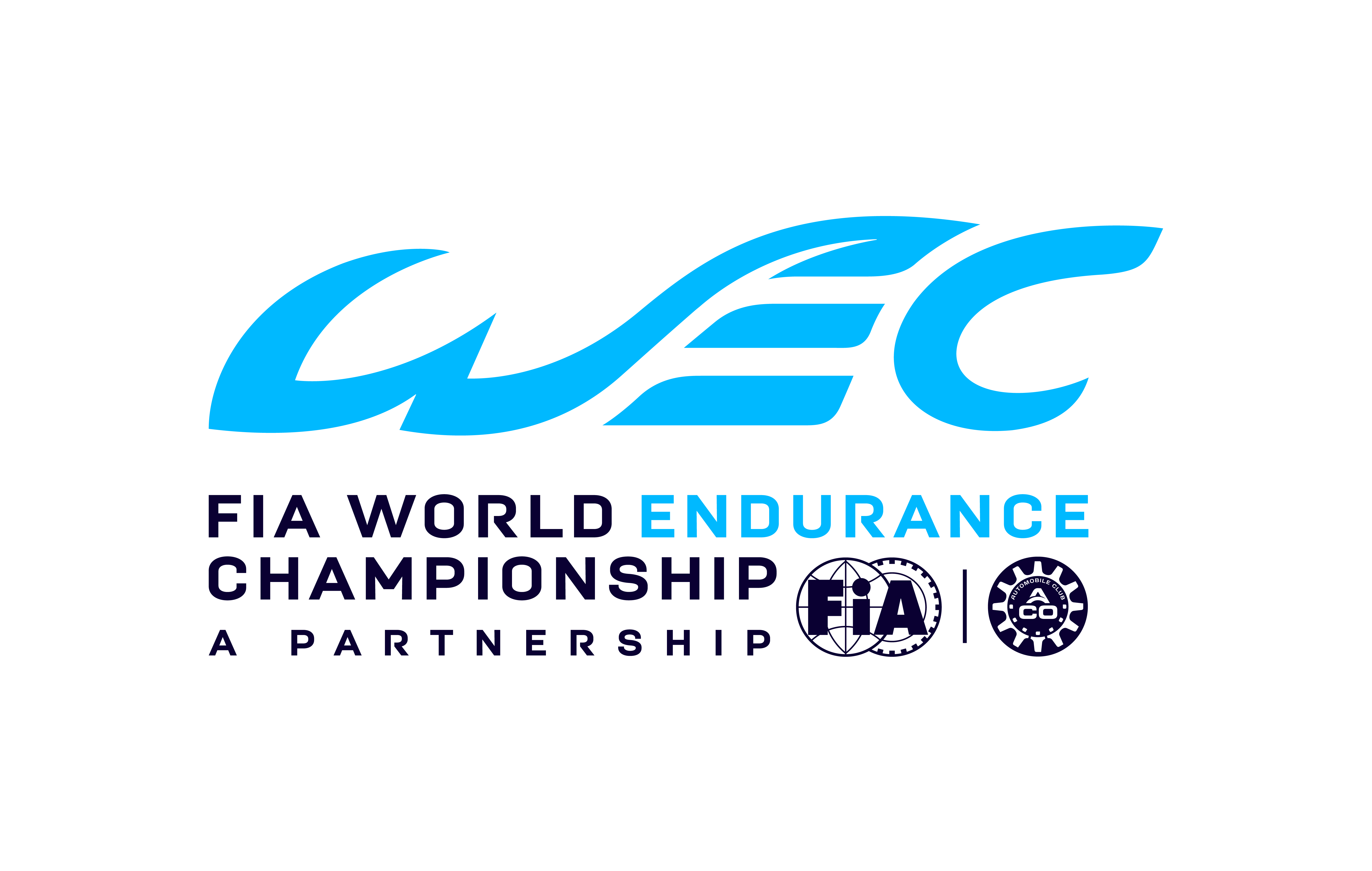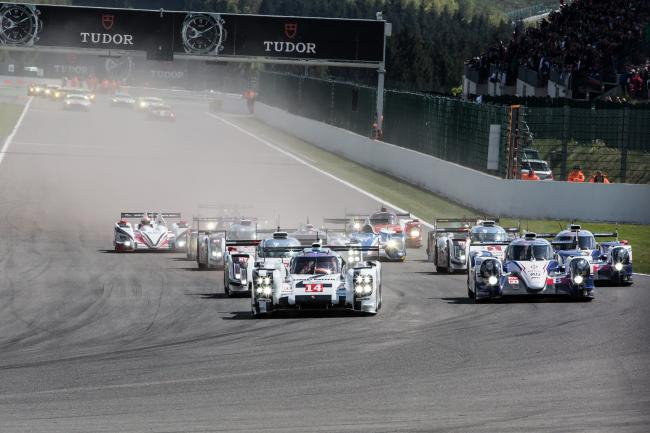

The Spa-Francorchamps circuit is one of a handful of motor racing venues around the globe for which the mere mention of its name sets hearts pounding among drivers and fans alike.
This beautiful region of the Ardennes has a legacy of motor racing stretching back almost to the dawn of the automotive age, to a time when Belgium was one of the world’s great producers of motor cars.
The “classic” Spa-Francorchamps circuit of approximately 14 kilometers of public roads was mapped out in the early 1920s. It formed a roughly triangular shape outline connecting the outskirts of the villages of Francorchamps, Malmedy, and Stavelot. Spa is actually located a fair distance away but, as it is considerably larger and its famed baths and springs are known worldwide, it is that name most associated with the race.
The principal race on the original circuit that catered to sports-racing cars was the 1000 Km, held from 1966 through to 1975. That period closely coincided with one of the great sports car eras— the Porsche 917s, Ford GTs, Ferrari 512s, Lola T70s and many more classic designs.
In 1971 the Porsche 917 of Pedro Rodriguez and Jackie Oliver set the all-time race record of 249.069 kilometers per hour! It remains to this day the fastest road race event ever, and may never be beaten.
The outright single lap records were also set during that era, specifically in 1973. Henri Pescarolo’s fastest lap in a Matra-Simca MS670 was a blistering 262.461 km/h while Jacky Ickx left the qualifying standard at 263.415 in a Ferrari 312PB.

The present circuit, of around seven kilometers in distance, was opened in the late 1970s and still maintains much of the character of the original.
Belgium’s premier sports car endurance race was an integral part of the Group C era and was held each year from 1982 through to 1988 on what is very nearly the same configuration as today. The 1987 edition ranked as the fastest during the Group C period—another “Golden Era” of sports car racing. It was won by Martin Brundle, Johnny Dumfries, and Raul Boesel in a Jaguar XJR-8 at an average speed of 164 km/h.
The fastest laps during the Group C era were set by Mauro Baldi in a Mercedes-Benz C11 in 1989. His race lap of 2:06.211 equated to 197.954 km/h while his pole time was considerably faster at 1:59.350. For 1988-1989 the race was only 500 kilometers in length.
Spa was a round of the ELMS each season until the establishment of the WEC in 2012. The fastest of the contemporary rounds was last year when the race speed of the Toyota TS040 HYBRID of Nicolas Lapierre, Sebastien Buemi, and Anthony Davidson came in at 198.768 km/h. The record sports car lap on the current configuration was set in 2010 by Franck Montangy in a Peugeot 908 at 1:59.797 with a speed of 210.474 km/h. Sebastien Bourdais’ pole time of 1:57.884 (213.889 km/h), also in a Peugeot at the same meeting, remains the overall one lap standard.
One of the highlights of the endurance racing season, the second round of the WEC is set up to be another modern classic on the undulating and thrilling Spa-Francorchamps track this Saturday. Catch your breath on the green rollercoaster of Spa, if you dare!
Catch all the action via the official WEC App right here